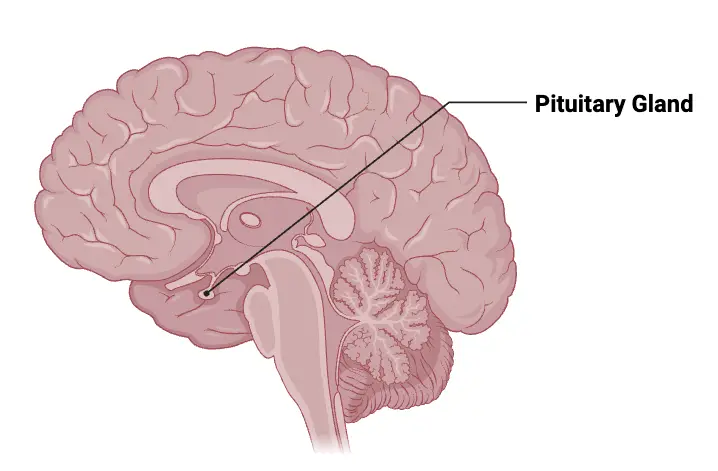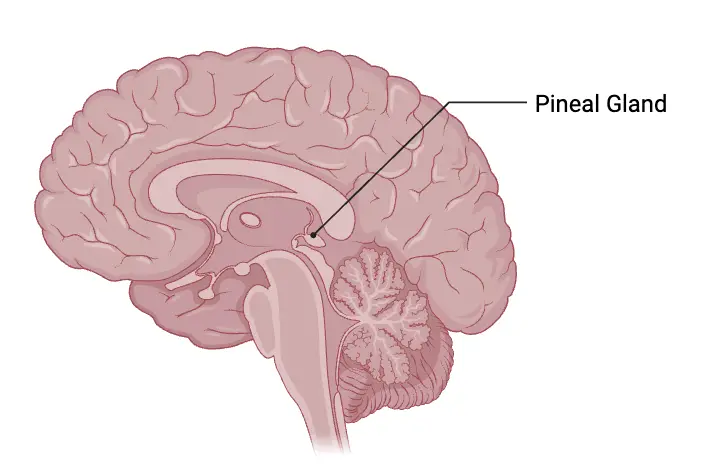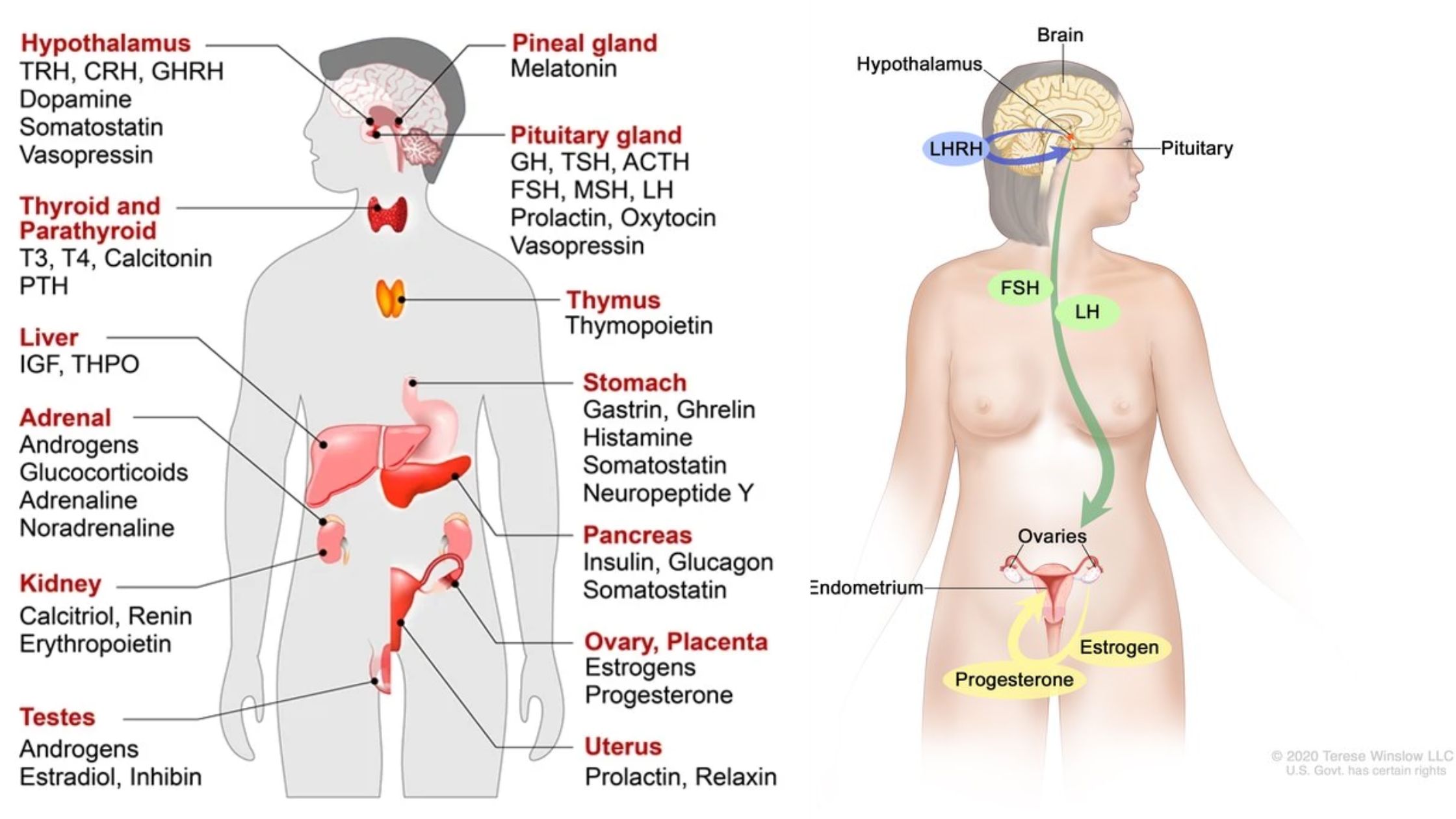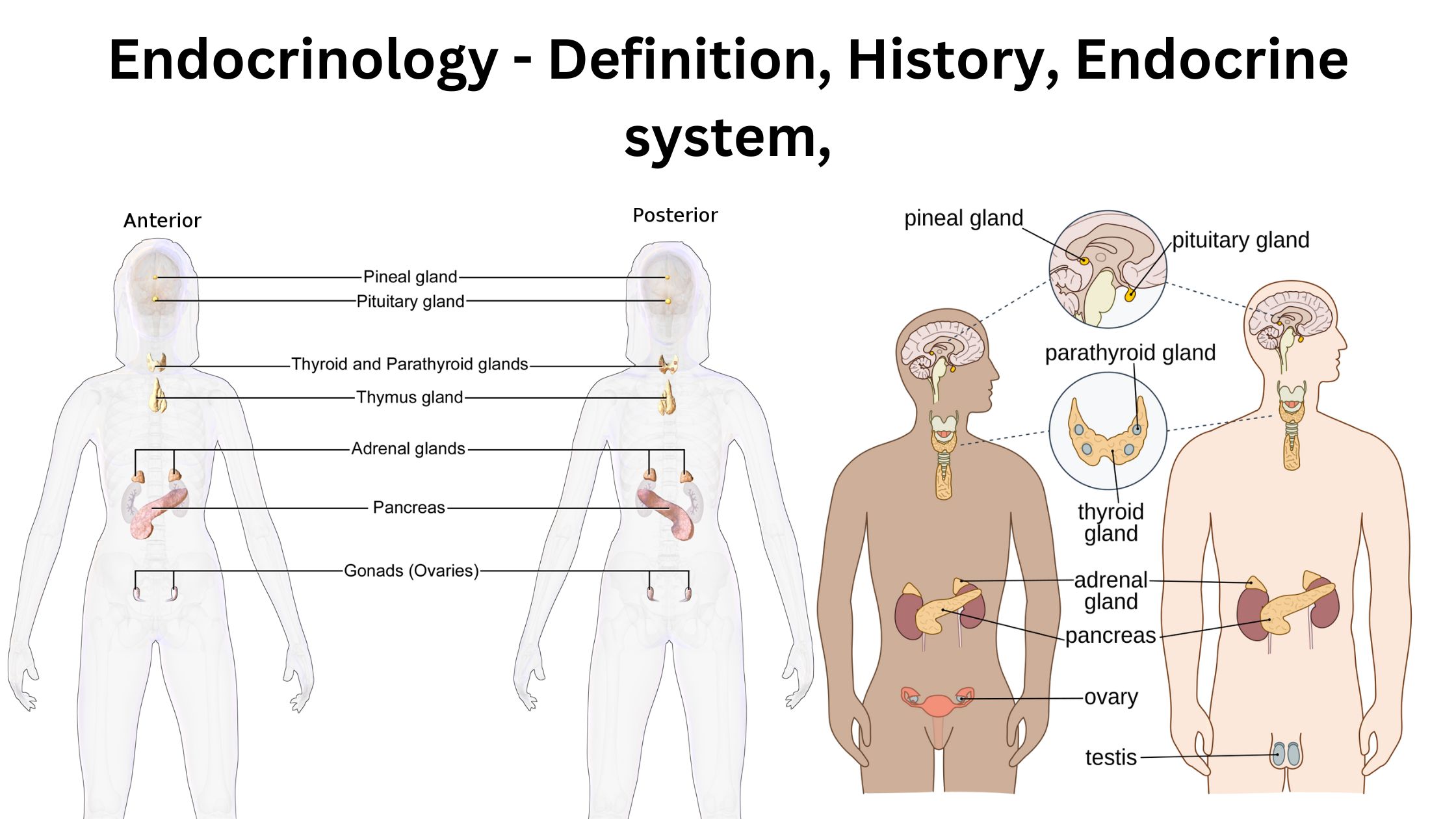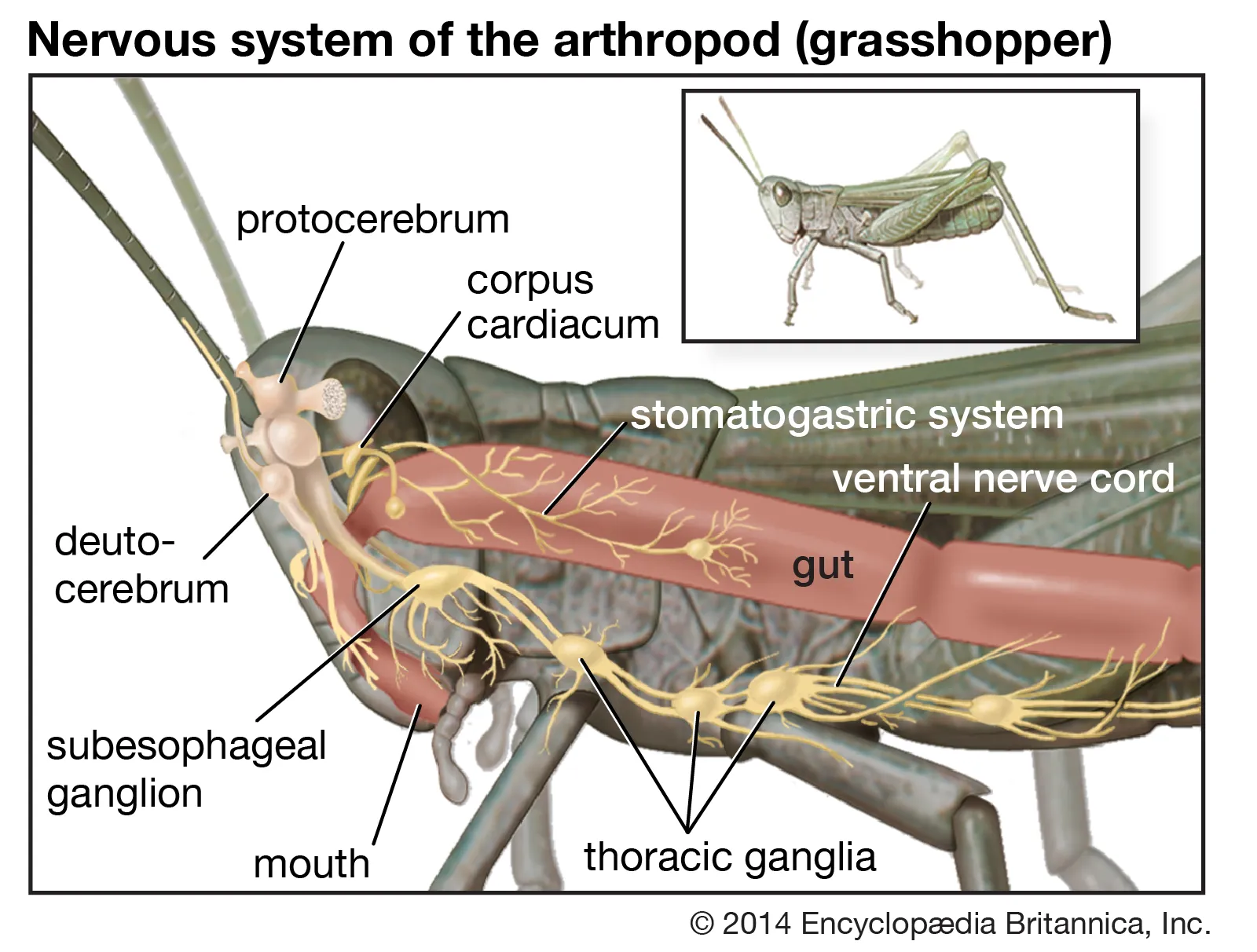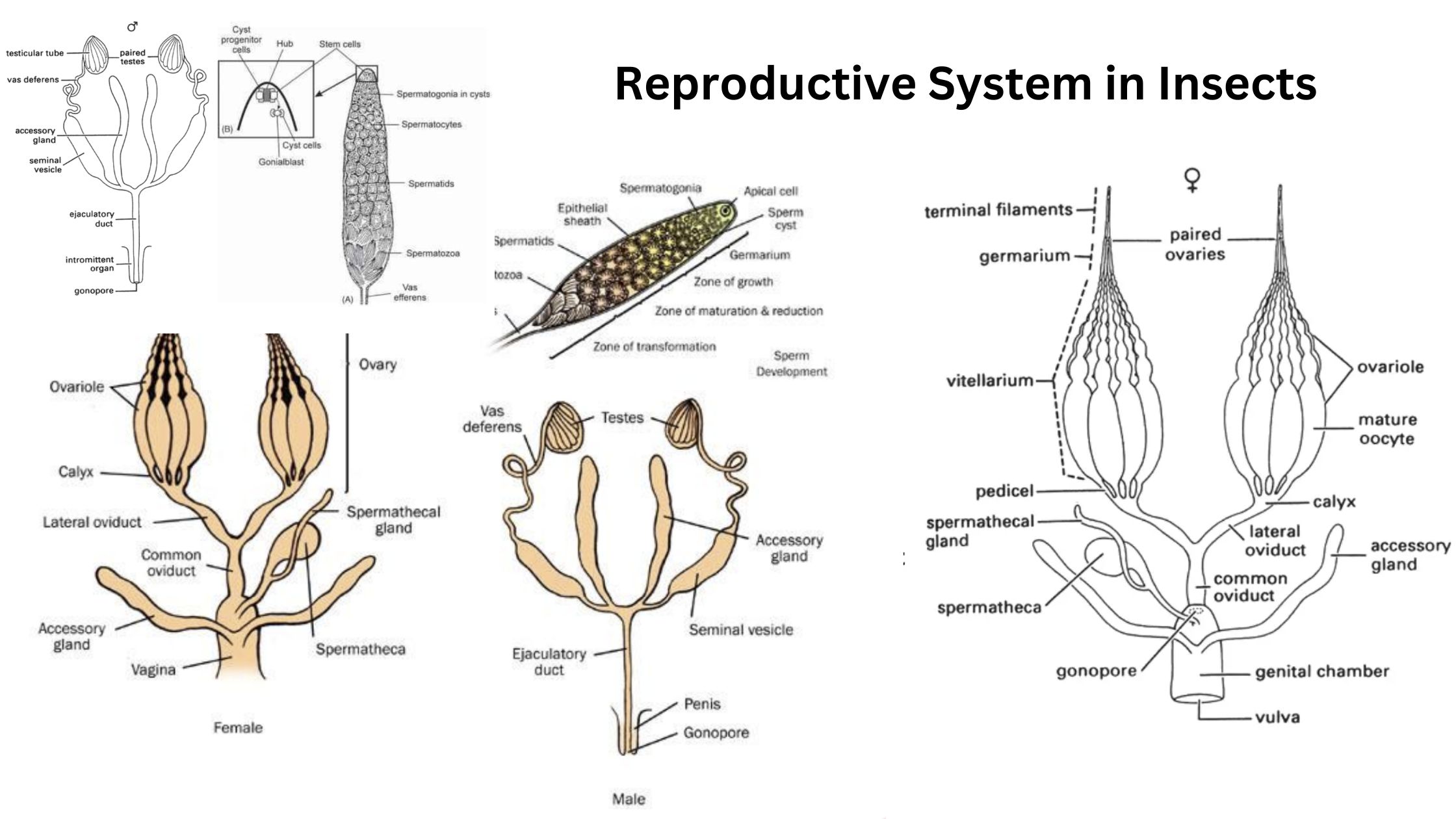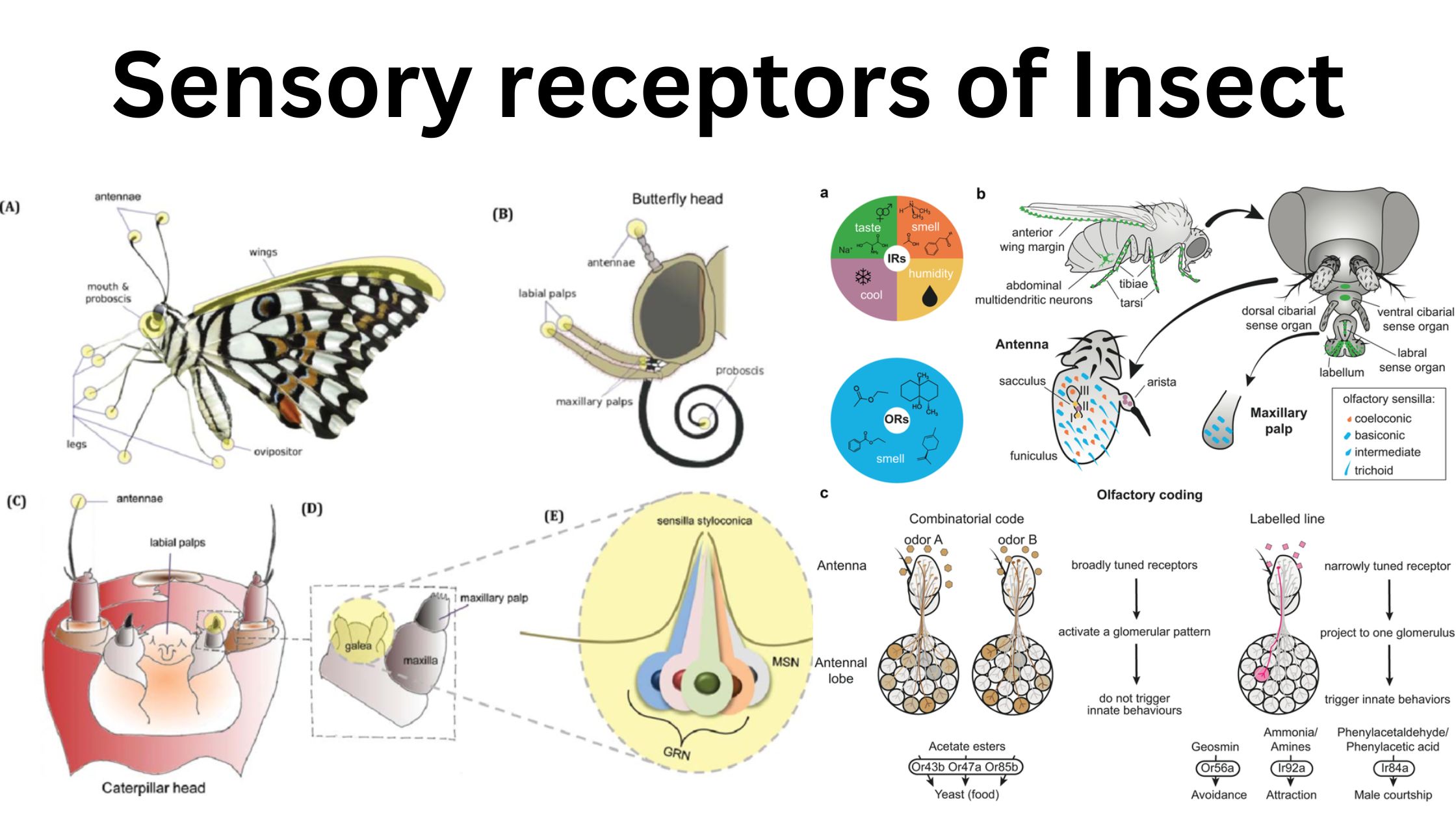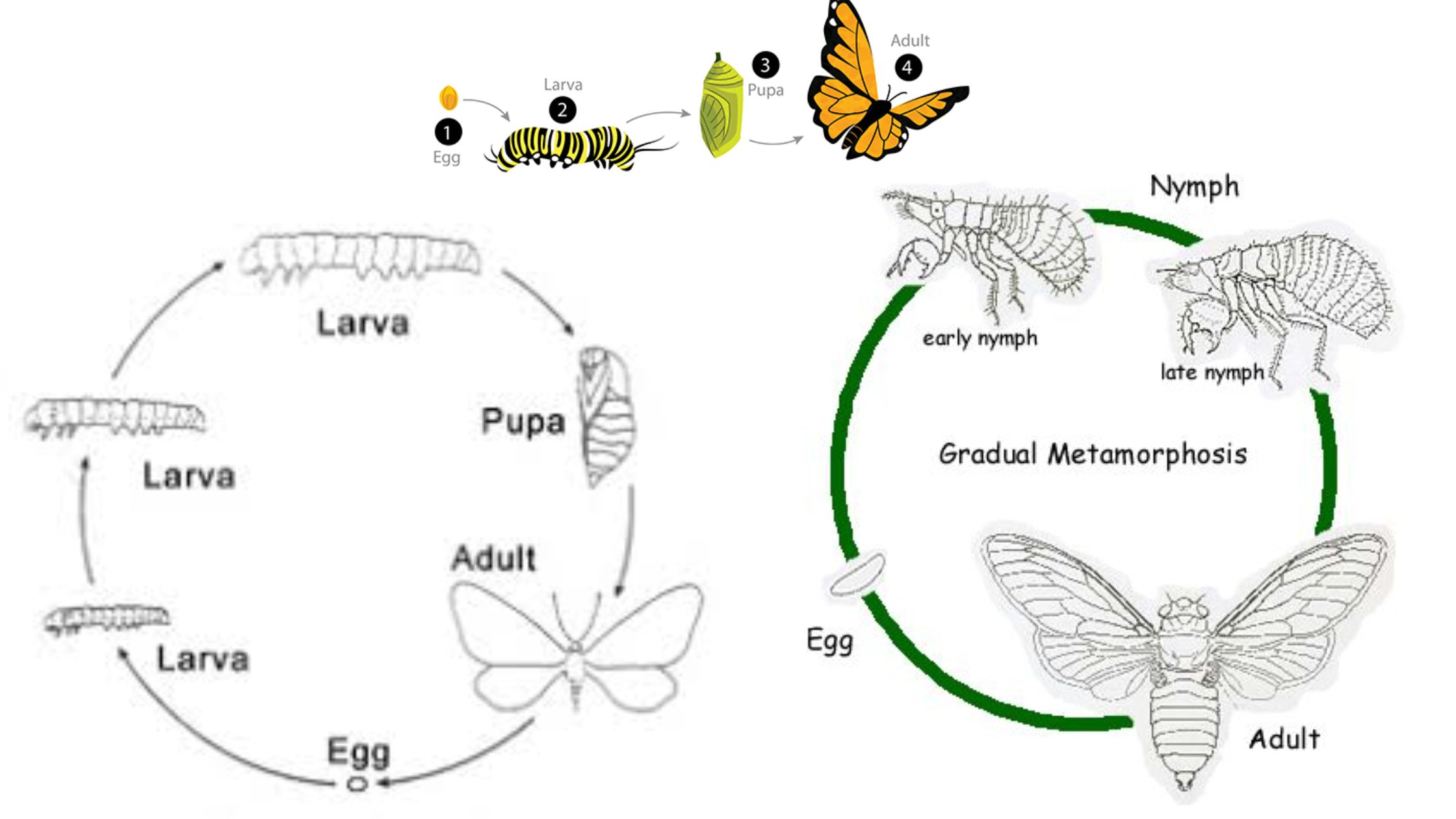Pituitary Gland – Structure, Hormones, Functions, Disorders
What is Pituitary Gland? Definition of Pituitary Gland The pituitary gland is a small, pea-sized endocrine gland located at the base of the brain, beneath the hypothalamus. It is often termed the “master gland” because it produces and secretes hormones that regulate various bodily functions, including growth, metabolism, and reproduction, and controls the activity of … Read more
